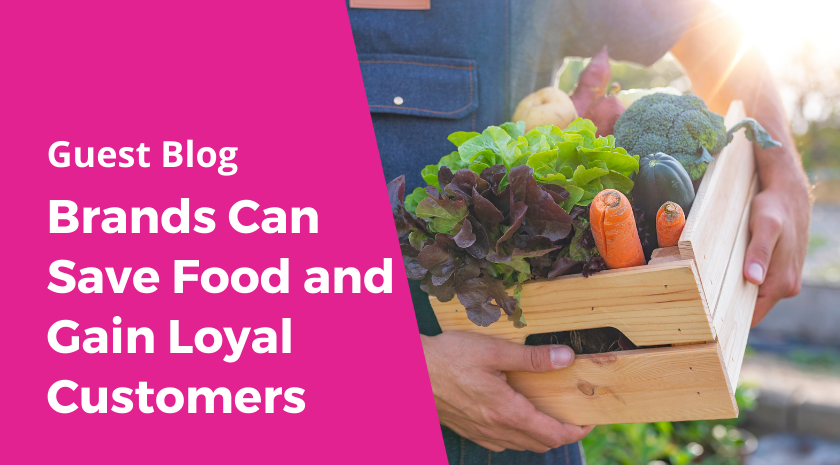From the Desk of Claire Koelsch Sand, Ph.D, Owner and Founder, Packaging Technology and Research Adjunct Professor, Cal Poly and Michigan State University, PAC Food Co-chair
The First International Day of Awareness of Food Loss and Waste is Sept 29, 2021. I’ll be highlighting the critical role of Packaging in addressing food waste. Until then, here is some food for thought!
Preventing food waste means that food justice, hunger, and greenhouse gas emissions can all be addressed. Preventing food waste is good for everyone. It is also good for business! Responsible Brands, Retailers, Governments (EPA, FDA, USDA just in the USA), and advocacy groups will move us forward.
A food system with less built-in waste is also more resilient, buffering food insecurity without unnecessarily enlarging the food system’s environmental footprint.
The Situation: Brands are working hard to decrease food waste within internal operations, and much progress has been made. However, targets such as the 50% food waste reduction by 2030 simply cannot be met, unless consumer-derived food waste is addressed. Brands know consumer-derived food waste must be tackled to meet these targets. In addition, brands know that packaging can be used more effectively to reduce consumer-derived food waste. But, this investment in packaging and food waste reduction needs to translate into increased market share and sales to align with business goals.

Essentially sales in the entire value chain decline when consumer-derived food waste is reduced. This decline in sales is best realized by justified price increases or increased market share.
The Gap:
There is a knowledge gap in how to do this. Direction is needed in:
- Pilot, scalable packaging technology to reduce consumer-derived food waste: this fuels application-oriented research and considerable IP
- How to meaningfully connect and communicate less food waste with consumers to increase product market share
The Solution:
Packaging Technology and Research (PTR) helps you bridge this gap by identifying the best packaging solution and how this solution can be best communicated to gain consumers and market share.
- Using PTR, brands and retailers can have consumer-meaningful positioning on food waste prevention as well as meet targets.
- We ensure that brand food waste reduction efforts resonate with consumers, sales targets,
- and actually work.
- Linking Willingness to Pay (W2P) to the initiative positively drives brand equity and allows USDGs and food waste-specific commitments to be met.
Let’s move forward in achieving a more sustainable food system with meaningful packaging.



